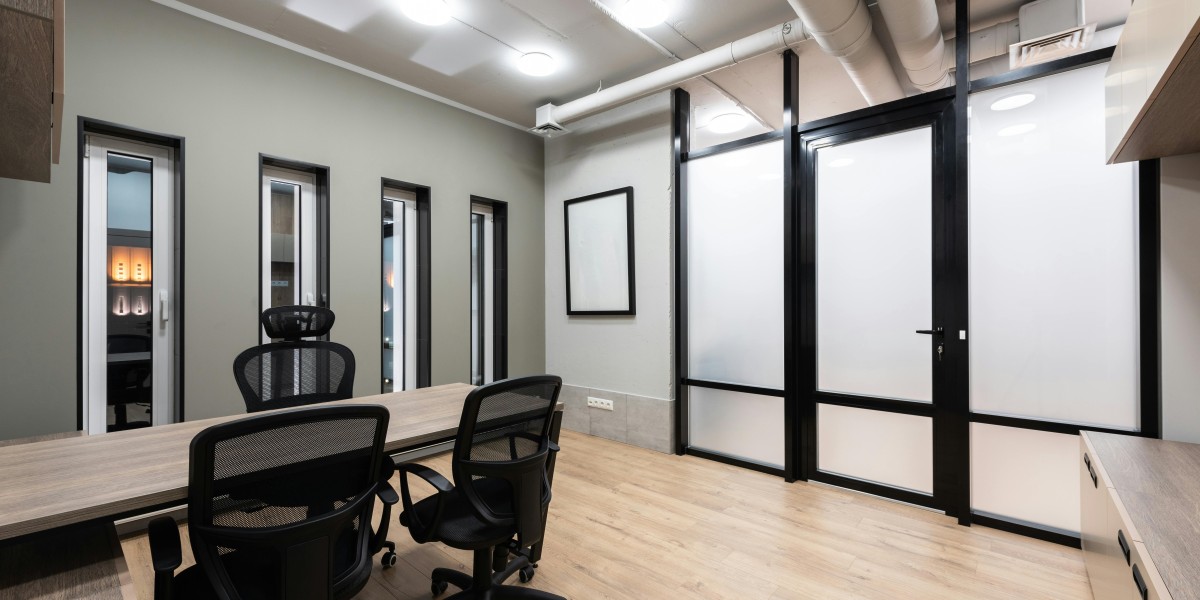The science of sound, or acoustics, plays a crucial role in creating comfortable and functional indoor environments. From concert halls to conference rooms, the way sound behaves within a space can significantly impact its usability and comfort. Ceilings, in particular, play a critical role in acoustics, influencing factors such as sound reflection, absorption, and diffusion. In this article, we explore the science of sound and how ceilings affect acoustics, discussing key concepts, considerations, and solutions for optimizing sound performance in various settings.
The Importance of Acoustic Design: Creating Pleasant and Functional Spaces
Acoustic design is essential for creating spaces where people can communicate effectively, enjoy entertainment, and work productively without being disturbed by unwanted noise. Ceilings, as one of the largest surface areas in a room, play a significant role in shaping the acoustic characteristics of a space. By understanding how different ceiling materials and designs affect sound, architects and designers can create environments that are both aesthetically pleasing and acoustically functional.
Sound Reflection and Absorption: Balancing Reverberation
One of the key factors influenced by ceilings is sound reflection, which refers to the bouncing of sound waves off surfaces. Smooth, hard ceiling materials like concrete or drywall can cause sound to bounce around the room, leading to excessive reverberation and echo. On the other hand, acoustic ceiling materials with porous or textured surfaces, such as acoustic tiles or panels, absorb sound waves, reducing reverberation and improving speech intelligibility.
Diffusion and Dispersion: Creating Even Sound Distribution
Ceilings also play a role in sound diffusion, which involves spreading sound waves evenly throughout a space to minimize hot spots or dead zones. Certain ceiling designs, such as vaulted or coffered ceilings, can help scatter sound waves, creating a more balanced and immersive listening experience. Additionally, strategic placement of acoustic treatments on ceilings can further enhance sound diffusion and dispersion, ensuring optimal sound quality across the entire room.
Considerations for Acoustic Ceilings: Materials and Installation
When selecting acoustic ceiling materials, several factors should be considered to achieve optimal sound performance:
- Acoustic Properties: Choose materials with high sound absorption coefficients to minimize reverberation and echo.
- Aesthetics: Consider the visual impact of acoustic ceiling materials, ensuring they complement the overall design aesthetic of the space.
- Installation Requirements: Proper installation techniques are crucial for maximizing the acoustic performance of ceilings. Ensure that acoustic tiles or panels are installed according to manufacturer specifications to achieve the desired sound absorption and diffusion characteristics.
Exploring Home Improvement Solutions: Cost to Remove Stucco
In addition to optimizing acoustic performance, homeowners may consider other home improvement projects to enhance the aesthetics and functionality of their spaces. Removing stucco ceilings, for example, can improve the appearance of a room and potentially enhance its acoustic properties. Explore the cost to remove stucco ceilings at Renovated Home, where you can find resources and professionals to assist with this renovation project.
Conclusion: Designing Spaces for Sound Success
In conclusion, the science of sound and its interaction with ceilings is a fascinating and essential aspect of architectural and interior design. By understanding the principles of acoustics and selecting appropriate ceiling materials and designs, designers and homeowners can create spaces that are both visually appealing and acoustically functional. Whether optimizing sound reflection, absorption, or diffusion, ceilings play a critical role in shaping the acoustic characteristics of a room, ultimately enhancing the comfort and usability of indoor environments.









